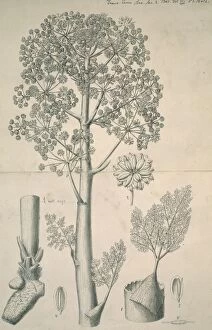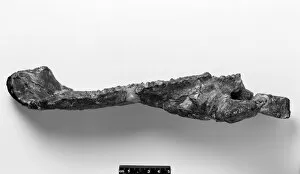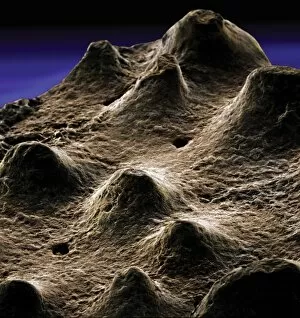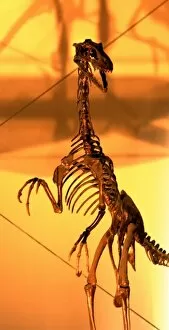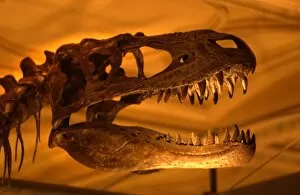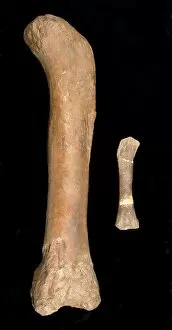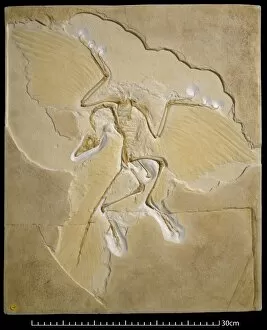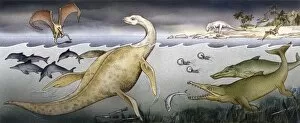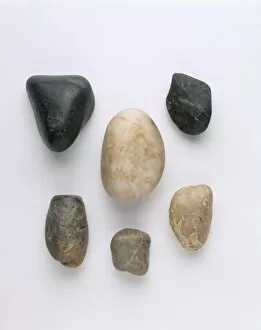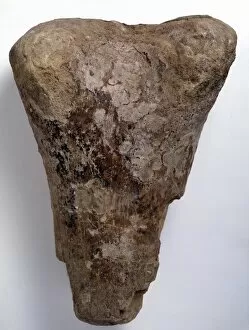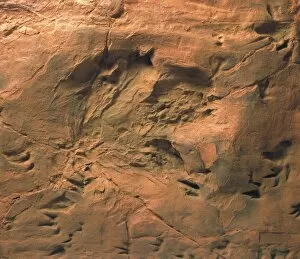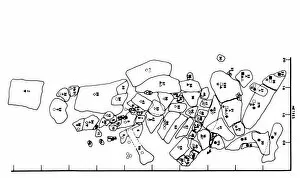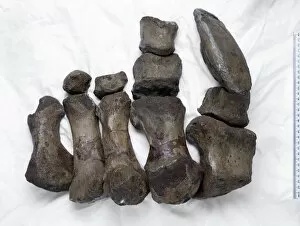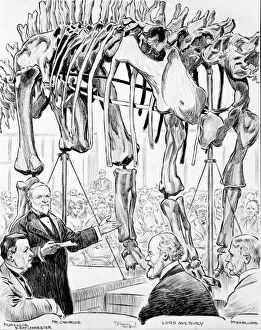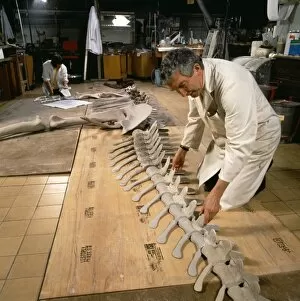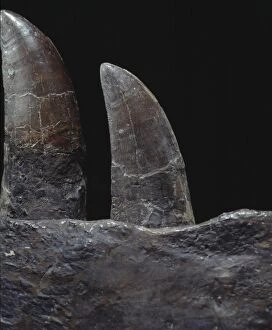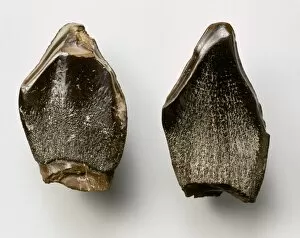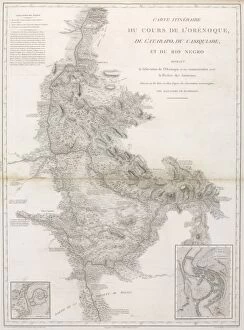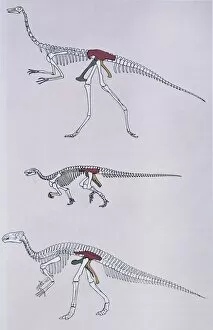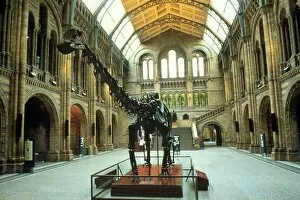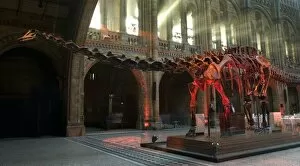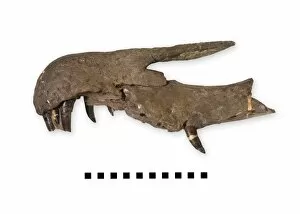Dinosauria Collection (#4)
Step back in time and explore the fascinating world of Dinosauria
For sale as Licensed Images
Choose your image, Select your licence and Download the media
Step back in time and explore the fascinating world of Dinosauria. 🦕🌿 Unleash your inner paleontologist as you embark on a journey through Crystal Palace Park, where ancient creatures come to life. Marvel at the majestic Triceratops, with its impressive horns and frill, reminding us of their prehistoric power. Don't forget to take something home with you from the Natural History Shop - a piece of history to cherish forever. Immerse yourself in the awe-inspiring Crystal Palace Dinosaur Models, meticulously crafted replicas that transport you millions of years into the past. Encounter iconic species like Iguanodon and Hylaeosaurus, brought back to life through intricate restorations. Feel like you've stepped into a scene from Wealden Times as these magnificent creatures roam freely. Explore The Wealden exhibit for an up-close look at restorations showcasing how dinosaurs once roamed across this ancient landscape. Witness the mighty Diplodocus towering above you, its long neck stretching towards the sky. Discover Polacanthus, adorned with formidable spikes for protection against predators. But it's not just about bones. Delve into the intriguing world of coprolite – fossilized dung that provides valuable insights into dinosaur diets and behavior. Marvel at rare specimens like Archaeopteryx lithographica (London specimen), bridging the gap between dinosaurs and birds. As your adventure continues, stumble upon a Coelophysis fossil – a glimpse into one of our earliest known dinosaur ancestors. And who can resist meeting Corythosaurus? This duck-billed marvel will surely leave you in awe with its unique crest. Dinosauria is more than just fossils; it's an opportunity to ignite curiosity about Earth's incredible past while appreciating nature's wonders today. So grab your explorer hat and join us on this unforgettable journey through time.


